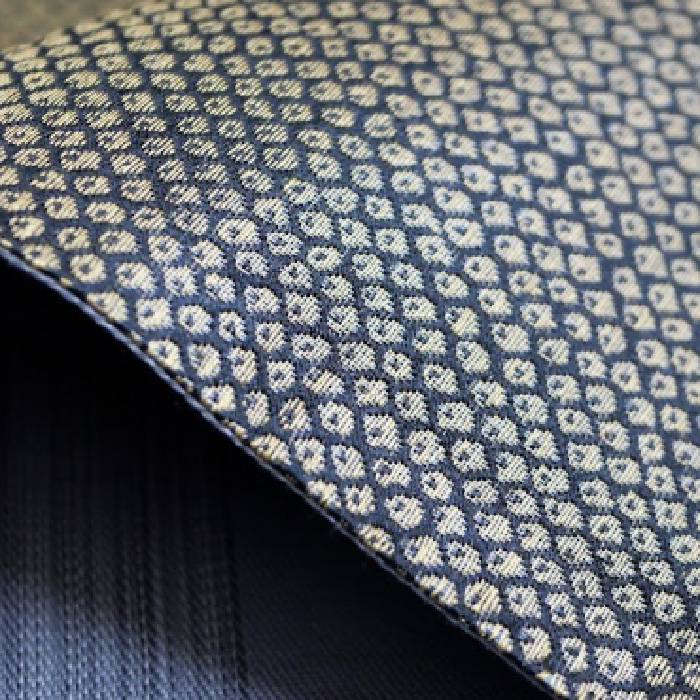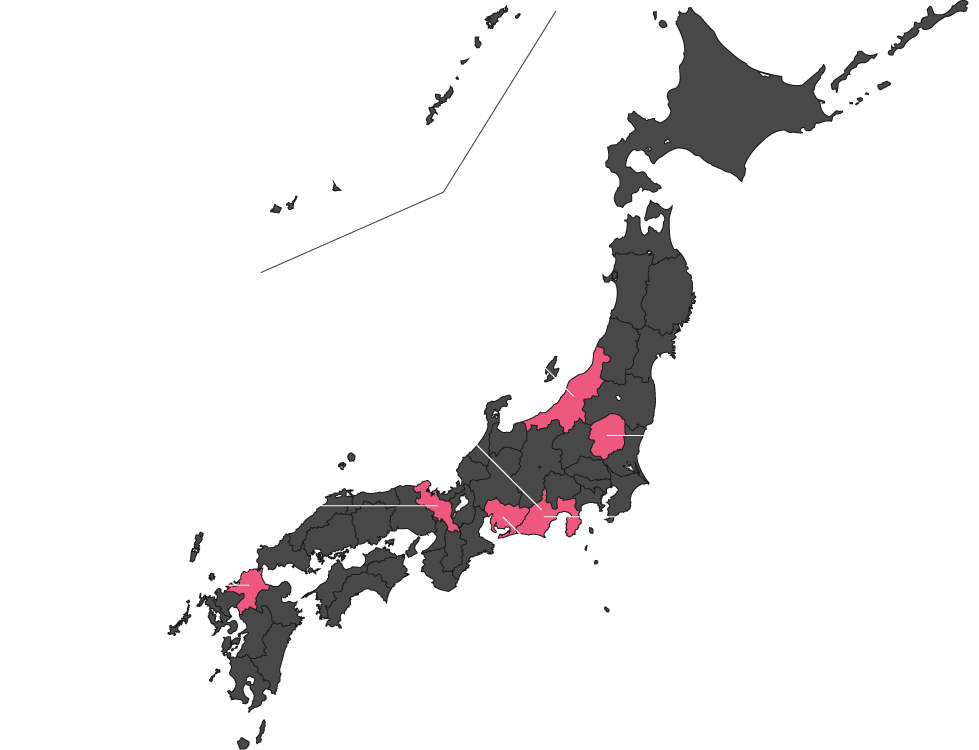JAPANESE TEXTILES TO THE WORLD
2012年より日本のテキスタイルの産地と世界のデザイナーをつなぎ、コレクション作りを行っています。
また、2023年より海外での日本のテキスタイル販売を始めました。
日本のテキスタイルの伝統と文化を、世界へ広め、次世代に継承することが私たちの目的です。

2012年より日本のテキスタイルの産地と世界のデザイナーをつなぎ、コレクション作りを行っています。
また、2023年より海外での日本のテキスタイル販売を始めました。
日本のテキスタイルの伝統と文化を、世界へ広め、次世代に継承することが私たちの目的です。
SAKURA COLLECTIONは、2012年より日本のテキスタイルの産地と世界のデザイナーをつないだコレクション作りを行い、世界各地でショーや展示会を行なっています。 また日本のテキスタイルをテーマに、世界のファッション学生に向けたデザインコンテストを開催しています。

これらのプロジェクトを通して、SAKURA COLLECTIONは日本各地のテキスタイルの産地と協業してきました。 このネットワークを活かして、SAKURA COLLECTIONがあなたの探してるテキスタイルを手配します。また工房の視察コーディネートも可能です。


COTTON
SILK
SILK
HEMP
WOOL
WOOL
INDIGO DYEING
BLACK DYEING
DENIM
DENIM